Five Ways to Be More Sustainable on Love Your Pet Day
Sunday 20 February marks Love Your Pet Day. Whilst we all want to celebrate and spoil our beloved animals, have you ever thought about your pet’s impact on our planet?
Pet ownership in the UK is up to 59% as a result of the pandemic (Statista) and the waste associated with owning a cat, dog, rabbit, fish or hamster is sky high too! If you want to do right by your furry friend and the planet on Love Your Pet Day, why not try some of these tips for zero-waste pet ownership?
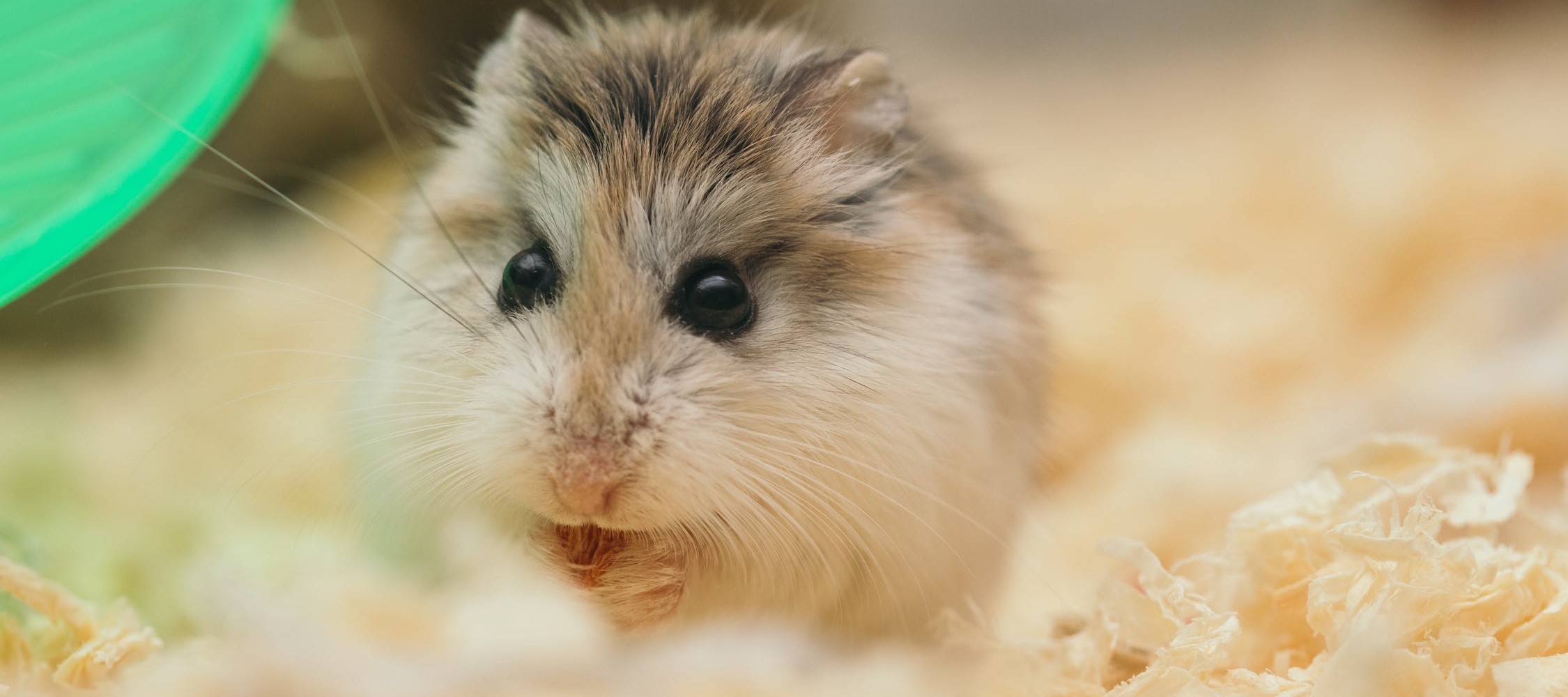
1. Buy the right quantities
Buying in bulk is a great idea if you know your animal loves a certain food. Purchasing one large bag will generate far less packaging waste than lots of small containers.
But be careful: if your pet has never tried the food before, buying a large quantity could result in extra waste. This is often the case with cat litter, as our feline friends can be a little fussy! Be sure to see what your pet makes of new products before committing to larger packs.
Once your pet has emptied the bag, be sure to check your local TerraCycle collection to see if you can recycle food packaging. Remember not to recycle the sacks and pouches at home unless the packaging clearly states you can do so. Throwing unrecyclable packaging into your recycling bags will only contaminate the sack and result in more waste ending up in landfill.
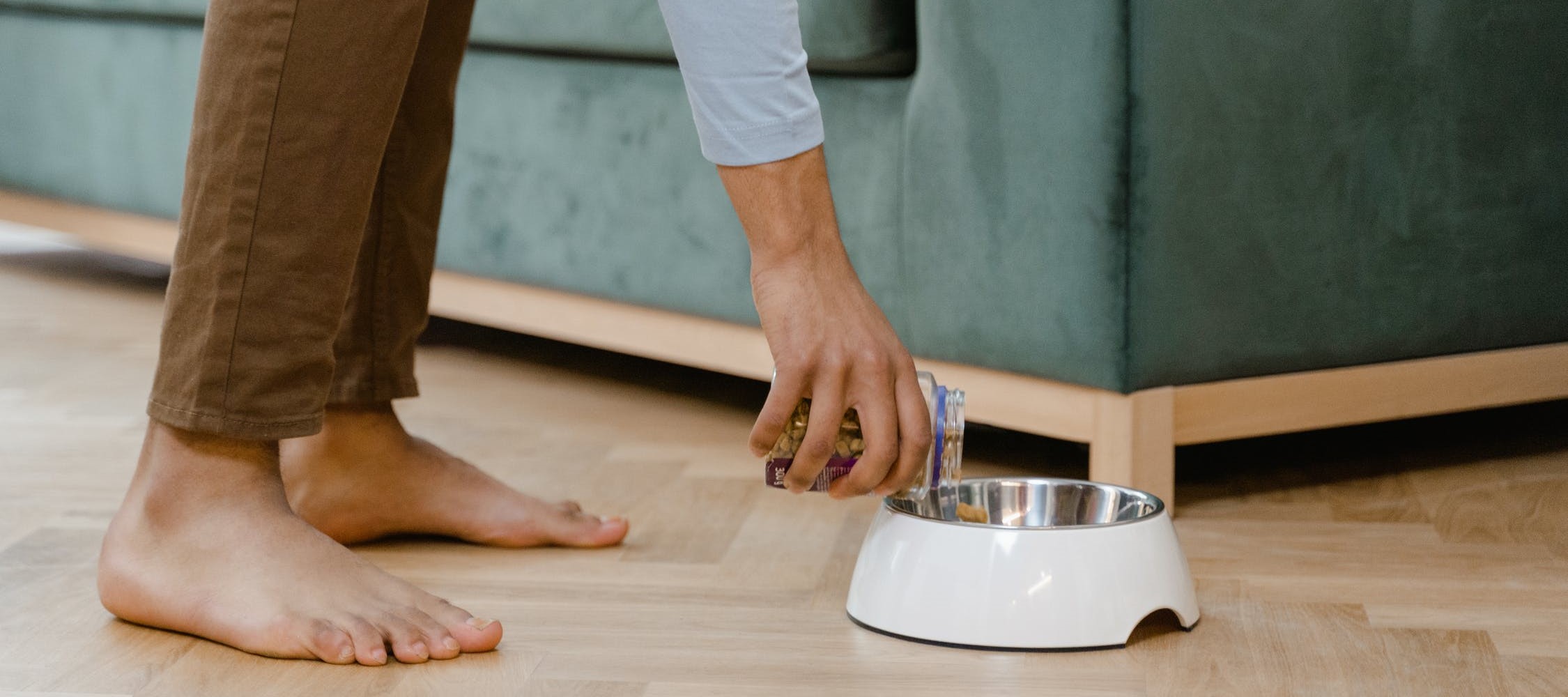
2. Check what you already have
Make a list of what you really need from the supermarket or pet store. Overbuying any item can contribute to waste! This is especially pertinent when it comes to toys; does your pet really need new ones, or could you make do with what’s already in the toy basket?
Why not set up a chat with other pet owners to share what you have? If your cat doesn’t like its new food, or your dog’s done with a certain toy, you could always pass it on to reduce the number of items being produced and sent to landfill.

Pet owners should also be sure to check medication. If your pet didn’t finish its last dose, you may be able to return the pills and treatments to the vet to be redistributed if possible.
3. DIY pet projects
You don’t need to buy every pet item in the shop; why not have a go at making toys, beds or accessories yourself? That way, you can use up any eco-friendly materials you have lying around.
Some DIY pet project ideas include:
- Restuffing an old child’s cuddly bear (remove any loose parts)
- Make toys from textile waste
- Stuff a toilet roll with treats, then recycle or compost the cardboard
- Patch up torn beds with textile scraps
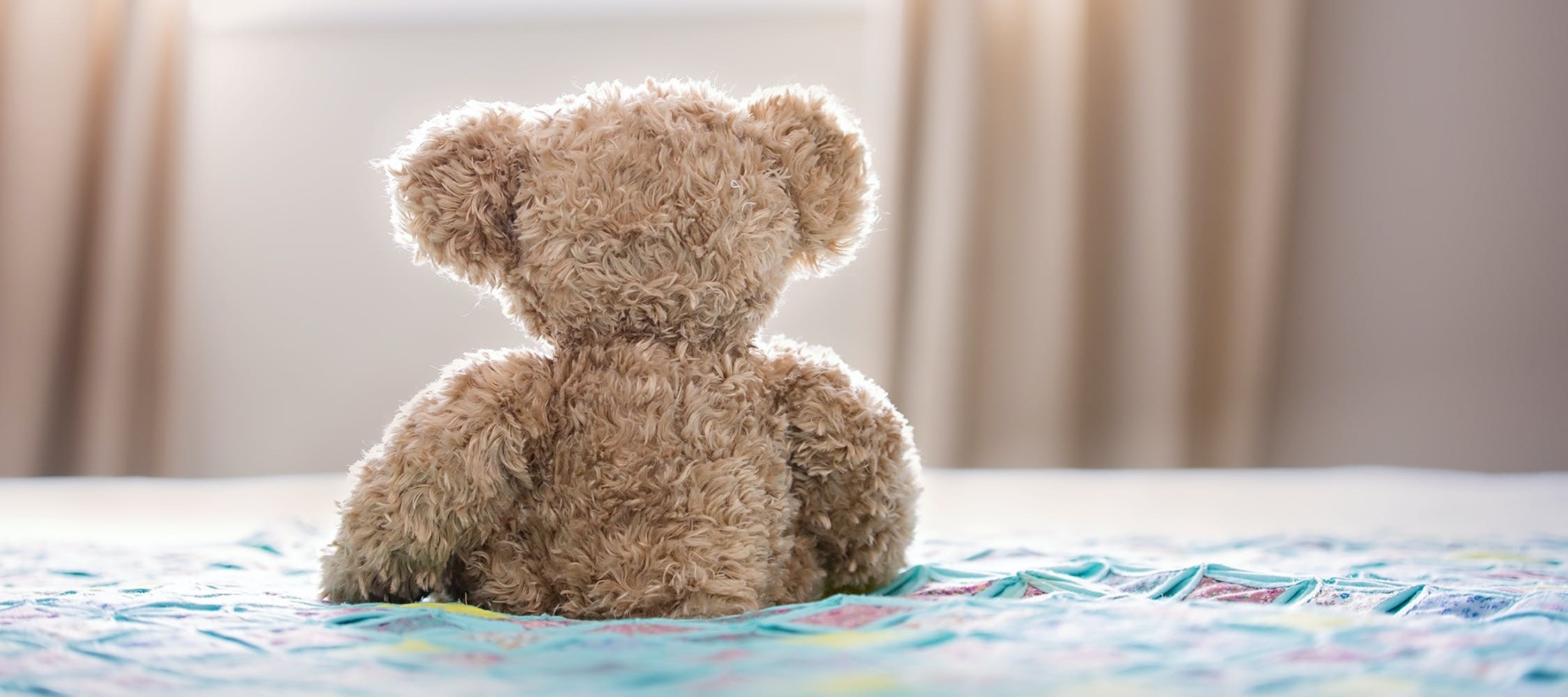
You may even find your pets prefer to play with everyday items, such as string or packaging. Alternatively, they might like to sleep and snuggle on old towels, clothes or cushions, instead of a new bed. Not only could this reduce waste, but repurposing items also helps to save money.
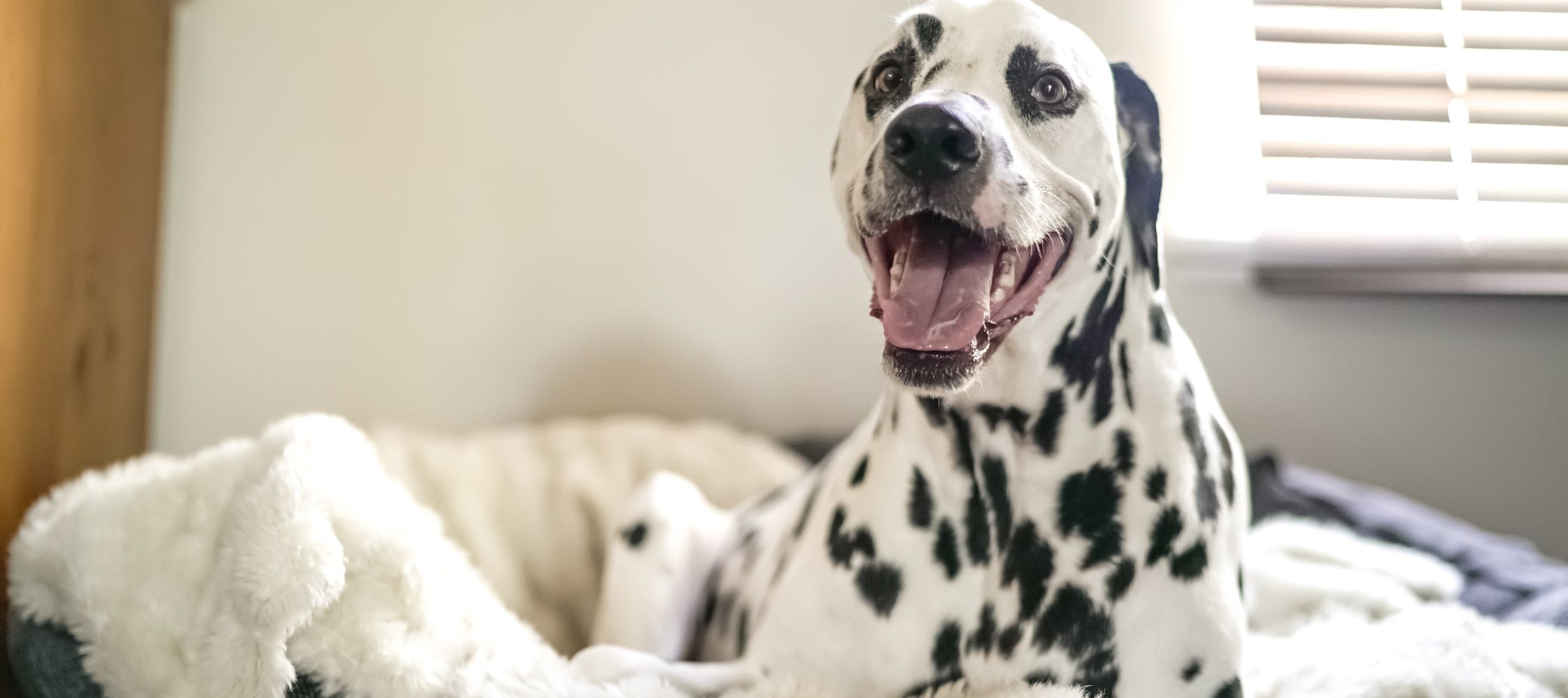
4. Food waste
You should always check your pet’s dietary requirements with your vet, but there are lots of ways to reduce food waste at home.
Cooked vegetables, pasta, potatoes and rice are usually safe to pass on to your pup. They may even enjoy raw vegetable waste, such as carrot tops and broccoli stalks. Puréed and mashed fruits can also be served to pets or made into biscuits to take on your walks. This is a great way to use up produce that’s past its best!
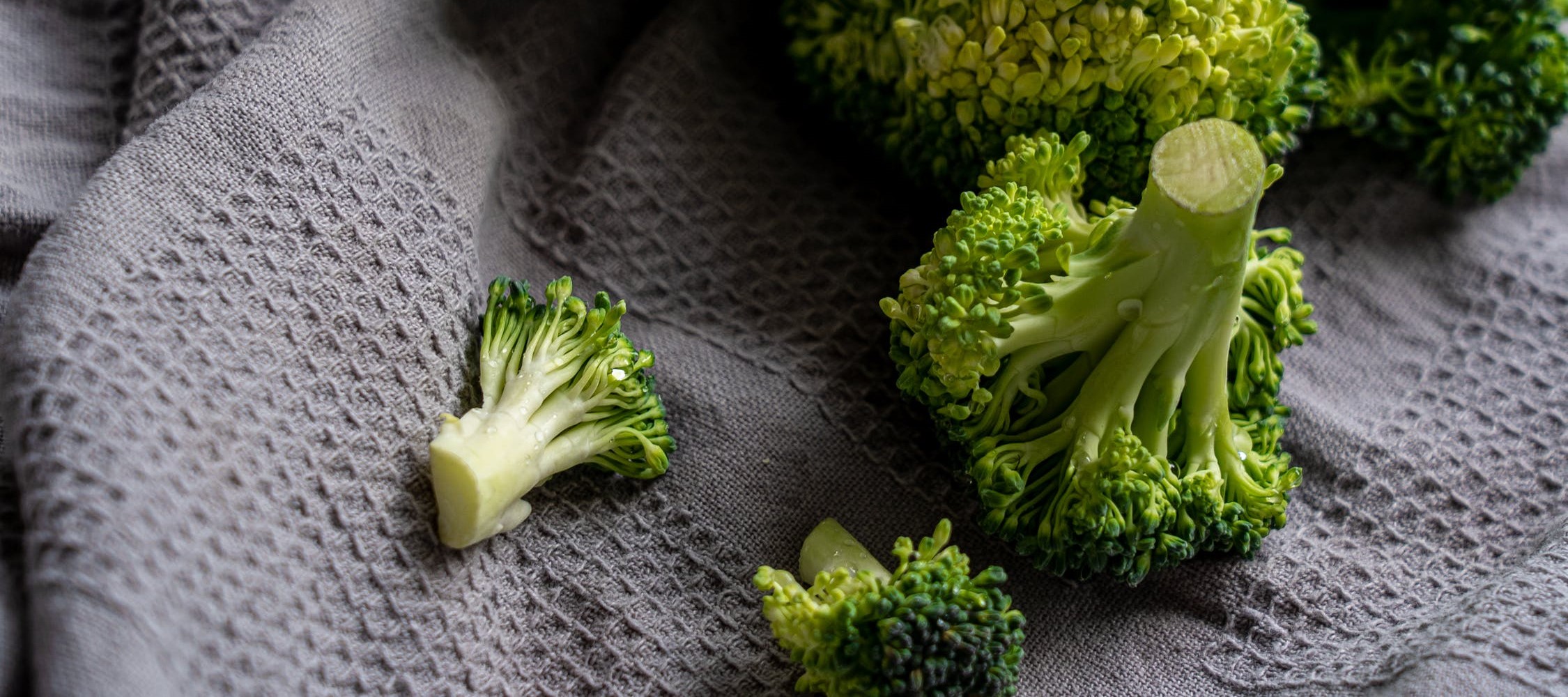
Not only do these sustainable hacks reduce waste, but they also help to reduce meat consumption. Most pets can enjoy a vegan diet, but always check with an expert before making the switch.
5. Waste-free cleaning and grooming
Just like our own bathrooms, you should try to find plastic-free soaps and shampoos for your pets. There are now tons of pet soap bars on the market that come in a range of lovely scents and are often better for skin and fur, too!
You might also want to evaluate whether shampoo is even necessary. Sometimes warm water will do the trick and saves both money and waste. Alternatively, ground oats mixed warm water will work as a natural shampoo for dog hair.

Once you’ve finished washing, it might be time for a brush. Did you know pet fur is safe to compost? Cat or dog fur will add nitrogen to your compost heap, which is one of the key components for nutritious compost!


